When wildlife poses threats to properties or human health due to habitat loss, food shortages, or disasters, immediate action is essential. Emergency pest control services employ humane methods like trapping, relocation, and prevention strategies to address issues from invasive species and birds to exotic animals. Residents should watch for signs like nocturnal noises, property damage, droppings, and visual sightings, contacting professionals for safe animal handling. Non-lethal techniques, such as habitat modification and deterrents, promote coexistence while preserving ecosystems. Post-control care ensures animal well-being and prevents future infestations. Preventive measures like barriers, inspections, and community education reduce human-wildlife conflict, fostering a safe environment through comprehensive emergency pest control plans.
In the face of unexpected wildlife encounters, timely and effective emergency wildlife control becomes essential. This comprehensive guide delves into the crucial aspects of managing wild animal infestations, focusing on both immediate response and long-term solutions. From understanding when to call for help to exploring non-lethal methods and preventive care, we equip you with knowledge to navigate these situations safely. Discover expert insights on emergency pest control, ensuring a balanced ecosystem while prioritizing human safety.
Understanding Emergency Wildlife Control: When and Why It's Necessary

In many cases, wildlife can be a delightful addition to our surroundings, but sometimes, their presence becomes an emergency. Emergency wildlife control refers to swift and specialized intervention when animals pose an immediate threat or cause significant damage to properties, infrastructure, or human health. This situation often arises due to various reasons, such as habitat loss, food shortages, or natural disasters, driving wildlife into populated areas in search of resources.
When faced with problematic wildlife, it’s crucial to act promptly and seek professional emergency pest control services. Timely intervention ensures the safety of both humans and animals while minimizing potential hazards like disease transmission, structural damage, or even physical harm. Efficient wildlife control methods involve humane trapping, relocation, and prevention strategies tailored to each unique situation.
Common Wildlife Issues That Require Immediate Attention

In many urban and suburban areas, homeowners often face common wildlife issues that require immediate attention from emergency pest control services. Invasive species like squirrels, raccoons, and opossums can cause significant damage to structures and property. These animals are known for their destructive behaviors, such as gnawing on wiring, tearing apart insulation, and contaminating food sources, which pose potential health risks to residents.
Another pressing concern is the presence of birds, particularly pigeons and starlings, that can quickly transform into urban nuisances. Their nesting habits lead to unsanitary conditions as they leave behind droppings that not only stain but also corrode surfaces and can be hazardous if ingested by pets or humans due to potential disease transmission. Prompt action from emergency pest control experts is crucial to mitigate these issues, ensuring the safety of residents and maintaining the integrity of homes and buildings.
Identifying Signs of Infestation: Early Detection for Effective Control
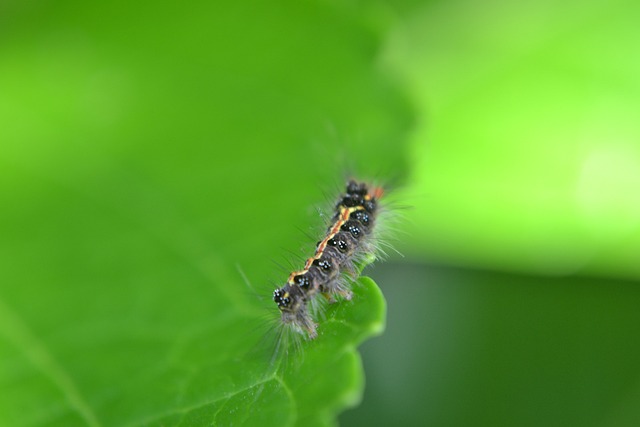
In the event of an emergency wildlife control situation, prompt identification of signs is crucial for effective management. Residents should be vigilant and watch for unusual behaviors or physical indications that may point to a pest problem. Early detection plays a significant role in determining the best course of action for emergency pest control.
Common signs include unusual noises at night, damage to property such as gnawing on wiring or structural elements, droppings in hard-to-reach areas, and visual sightings of pests. Regular inspections can help individuals recognize these indicators early on, allowing them to take swift action. Timely intervention is key, as it not only ensures the safety and well-being of residents but also prevents potential damage to homes and structures.
Human Safety First: Precautions and Guidelines for Interacting with Wild Animals

When it comes to emergency wildlife control, human safety should always be the top priority. Interacting with wild animals can be unpredictable and potentially dangerous, especially during distress or when they feel threatened. As such, it’s crucial to adhere to specific guidelines when faced with an unexpected encounter.
The first step is to maintain a safe distance. Never approach or attempt to handle an animal without proper training or equipment. Keep in mind that even seemingly harmless creatures can pose risks. For example, birds of prey may attack if feeling cornered, while deer can deliver powerful kicks. If you spot a wild animal in need of assistance, contact professional emergency pest control services immediately. They have the expertise and tools to handle the situation safely, ensuring both your well-being and the animal’s.
Non-Lethal Methods: Humane Approaches to Wildlife Management
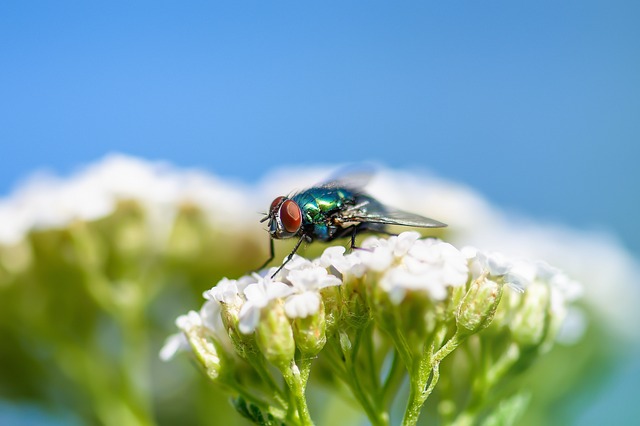
In situations where wildlife has become a nuisance, non-lethal methods offer a humane and effective solution for emergency pest control. These approaches prioritize the well-being of both animals and humans by employing strategies that do not cause harm or kill. One such method is habitat modification, which involves adjusting the environment to make it less appealing to wild creatures without causing them any distress. This can include securing trash cans, trimming trees and shrubs, and installing physical barriers like fences.
Another powerful non-lethal technique is the use of repellents and deterrents. These are designed to discourage wildlife from entering specific areas without posing any danger. For example, certain odors, sounds, or visual stimuli can be used to scare off animals humanely. This method is particularly useful for managing conflicts with common urban visitors like raccoons, squirrels, and birds, ensuring a safe coexistence while maintaining the balance of local ecosystems.
Professional Emergency Pest Control Services: Expert Intervention
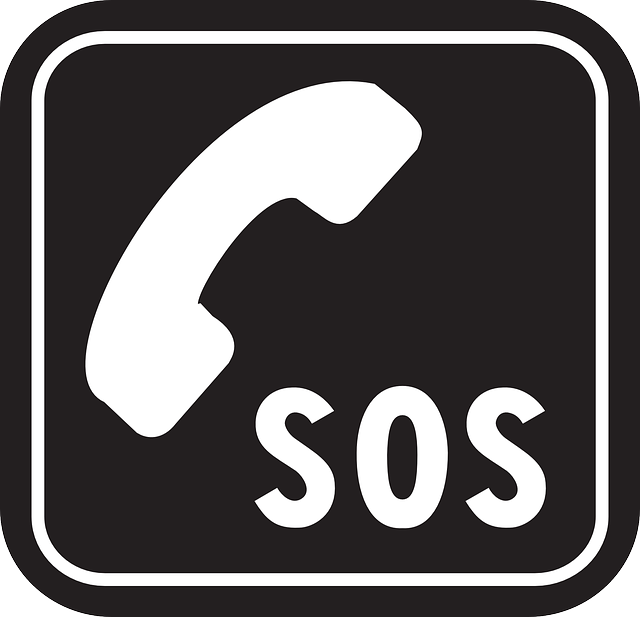
When wildlife enters your property, it can be a stressful and potentially dangerous situation. That’s where professional emergency pest control services step in as expert interveners. These specialized teams are equipped to handle various wildlife intrusions, from birds and squirrels to more exotic species, using safe and humane methods.
Their expertise lies in assessing the situation, identifying the specific wildlife involved, and implementing tailored solutions. Whether it’s removing animals from hard-to-reach areas, sealing entry points to prevent reentry, or providing advice on long-term prevention strategies, these professionals ensure both the safety of your family and the well-being of the affected wildlife.
Post-Control Care: Ensuring the Well-being of Both Wildlife and Your Environment
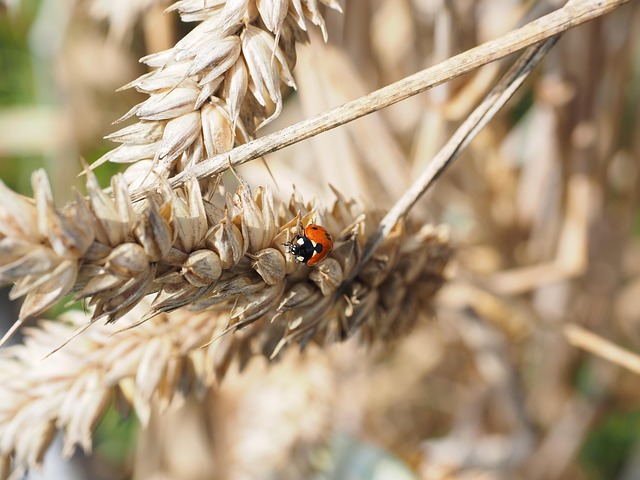
After an emergency wildlife control operation, proper post-control care is essential for ensuring both the well-being of the affected animals and maintaining a healthy environment. This includes monitoring the released or relocated wildlife to guarantee their survival and integration into their natural habitats. It also involves assessing any potential damage caused by the wildlife and taking measures to prevent future infestations.
In cases where animals are sick or injured, immediate veterinary care is crucial. Trained professionals should handle these situations, following ethical and humane practices. Additionally, the environment must be thoroughly cleaned and sanitized to remove any contaminants or remaining signs of the wildlife presence, helping to restore a safe and balanced ecosystem. Effective post-control care not only supports the recovery of affected animals but also prevents the spread of diseases and ensures the long-term health of the surrounding environment, thereby mitigating the need for future emergency pest control measures.
Preventive Measures: Long-Term Solutions for Avoiding Future Emergencies
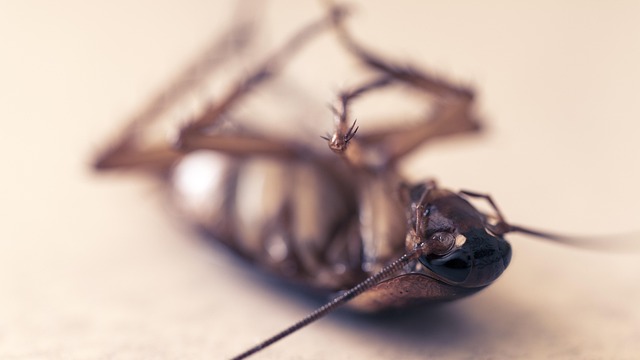
In the realm of emergency wildlife control, preventive measures are paramount for long-term solutions. Implementing robust barriers and secure enclosures can significantly deter wildlife intrusion into residential areas, agricultural lands, and industrial sites. Regular inspections and maintenance of these structures ensure their effectiveness in keeping animals at bay. Additionally, practicing good habitat management by removing attractive food sources and potential shelters can substantially reduce wildlife-human conflicts.
Educating communities about peaceful coexistence with wildlife is another crucial aspect. Promoting practices that minimize disturbance to natural habitats and encouraging responsible pet ownership can help prevent future emergencies. Moreover, involving local authorities and wildlife experts in developing comprehensive emergency response plans ensures a coordinated approach when issues arise, fostering a safer environment for both humans and wildlife.
